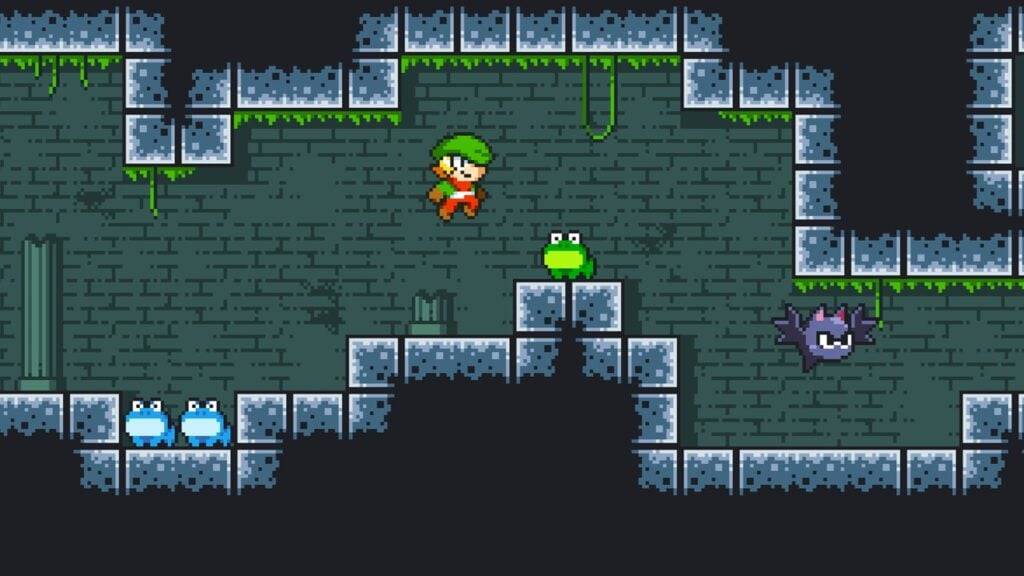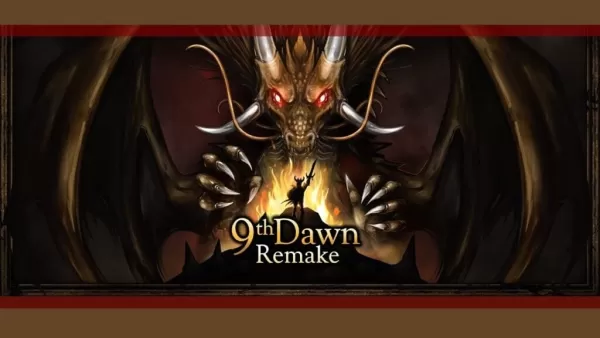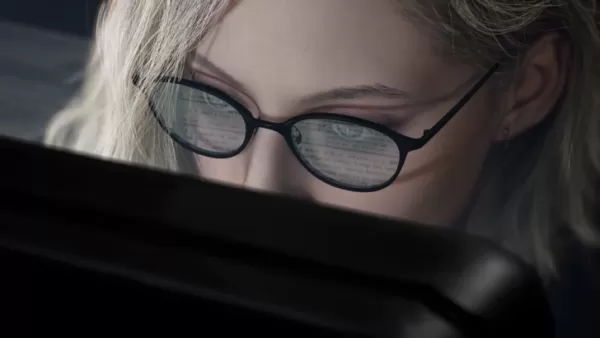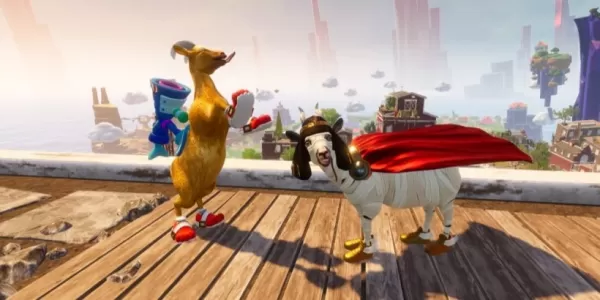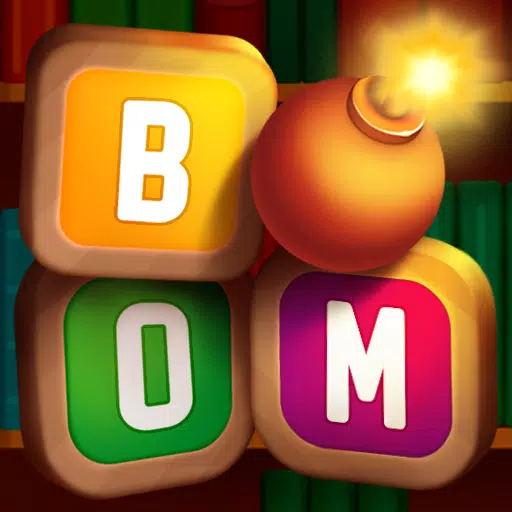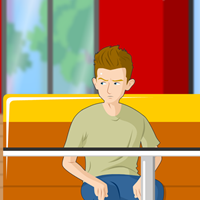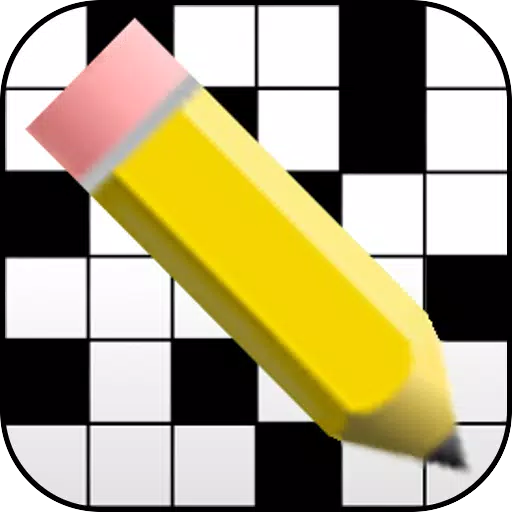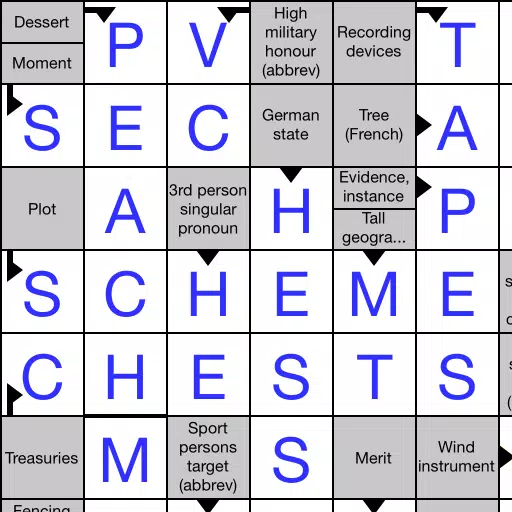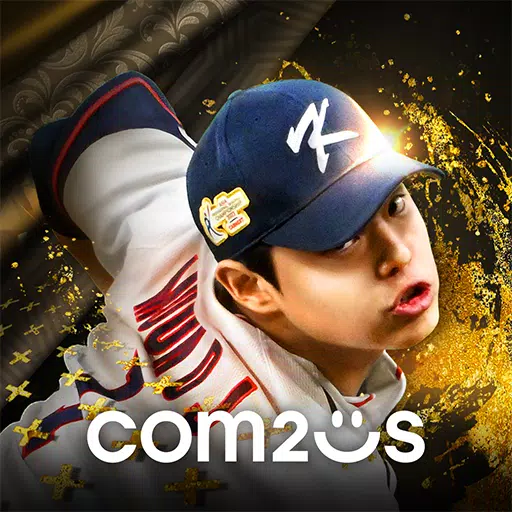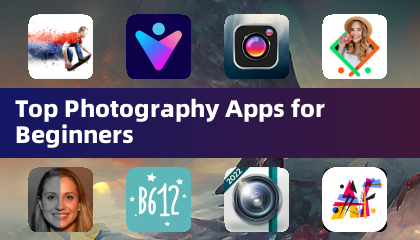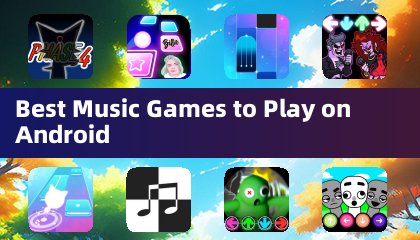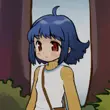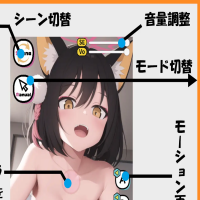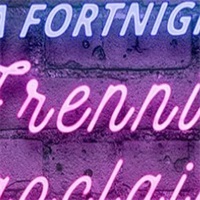
The iconic duo, Mario and Luigi, could have taken a more rugged and edgier path in their latest game, Mario & Luigi: Brothership, but Nintendo opted for a different direction to preserve their beloved identity. Dive into the fascinating journey of the game's art direction below!
Mario & Luigi Was Rough And Rugged Early On
Experimenting With Different Styles
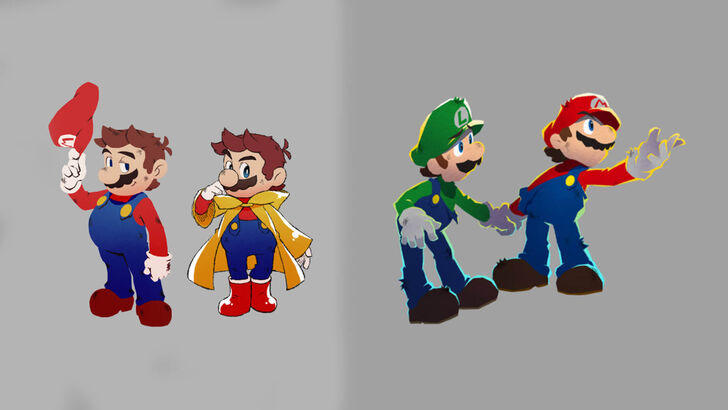 Image from Nintendo and Acquire
Image from Nintendo and Acquire
In an insightful "Ask the Developer" article on the Nintendo website, published on December 4th, the developers behind Mario & Luigi: Brothership from Acquire revealed that they initially explored a more rugged and edgy look for Mario and Luigi. However, Nintendo felt this approach strayed too far from the brothers' iconic image.
The interview featured insights from Akira Otani and Tomoki Fukushima of Nintendo’s Entertainment Planning & Development Department, alongside Haruyuki Ohashi and Hitomi Furuta from Acquire. As part of their effort to create "3D visuals that would bring out the unique appeal" of the series and differentiate it from other Mario games, Acquire ventured into uncharted territory, experimenting with various styles. This led to the creation of a more edgy and rugged version of Mario and Luigi.
"And in our search for a new Mario & Luigi style, at one point we ended up trying to present an edgier, more rugged Mario instead…" shared designer Furuta with a chuckle. Following feedback from Nintendo, which emphasized maintaining the recognizable Mario & Luigi identity, the team reconvened to realign their approach. Nintendo provided a comprehensive document outlining the core elements that define Mario and Luigi within the series. "Although we'd enthusiastically pitched this rugged version of Mario, when I considered it from a player's perspective, I started to worry about whether it really represented the Mario that players would want to play," Furuta added. With Nintendo's clear guidance, the team found their direction.
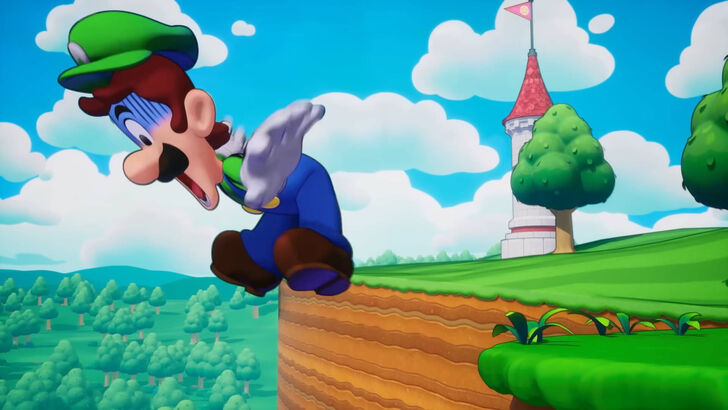
"We were able to narrow down our focus to how we could combine two things: the appeal of illustrations featuring, for example, solid outlines and bold, black eyes, and the charm of pixel animations depicting the two characters moving around comically in all directions. I think that's when we finally started to develop an art style that's unique to this game," explained the team.
Nintendo's Otani added, "While we wanted Acquire to have their own unique style, we also wanted them to preserve what defines Mario. I think it was a period when we were experimenting with how those two things could coexist."
A Challenging Development
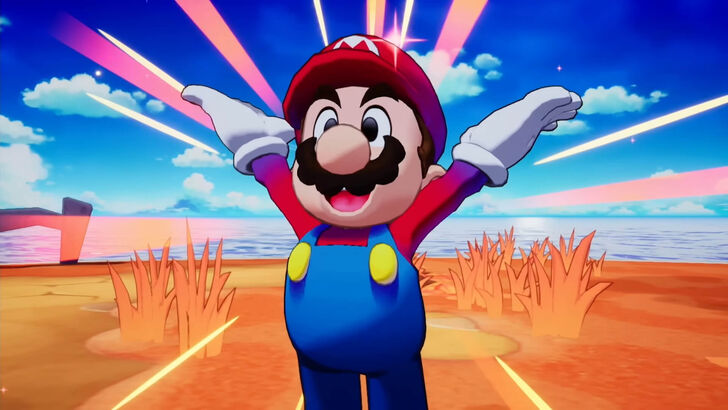
Acquire, known for their work on less colorful and more serious titles like the JRPG Octopath Traveler and the action-adventure series Way of the Samurai, faced a unique challenge in adapting to the vibrant world of Mario & Luigi. Furuta admitted that left to their own devices, the team would naturally gravitate toward darker, more intense themes typical of RPGs. Additionally, working with a globally recognized IP like Mario presented its own set of challenges, as Acquire typically developed games with original characters.
Ultimately, the collaboration proved fruitful. "Although we were still getting to grips with the mood in the Mario & Luigi series, we decided on this direction so we wouldn't forget that it's a stage for fun, chaotic adventures. This doesn't only apply to the game's world, but we learned a lot from Nintendo's unique design perspective about making things easier to see and understand. The world turned out brighter and easier to play due to the insights we gained," concluded Furuta, highlighting the successful outcome of their efforts.

